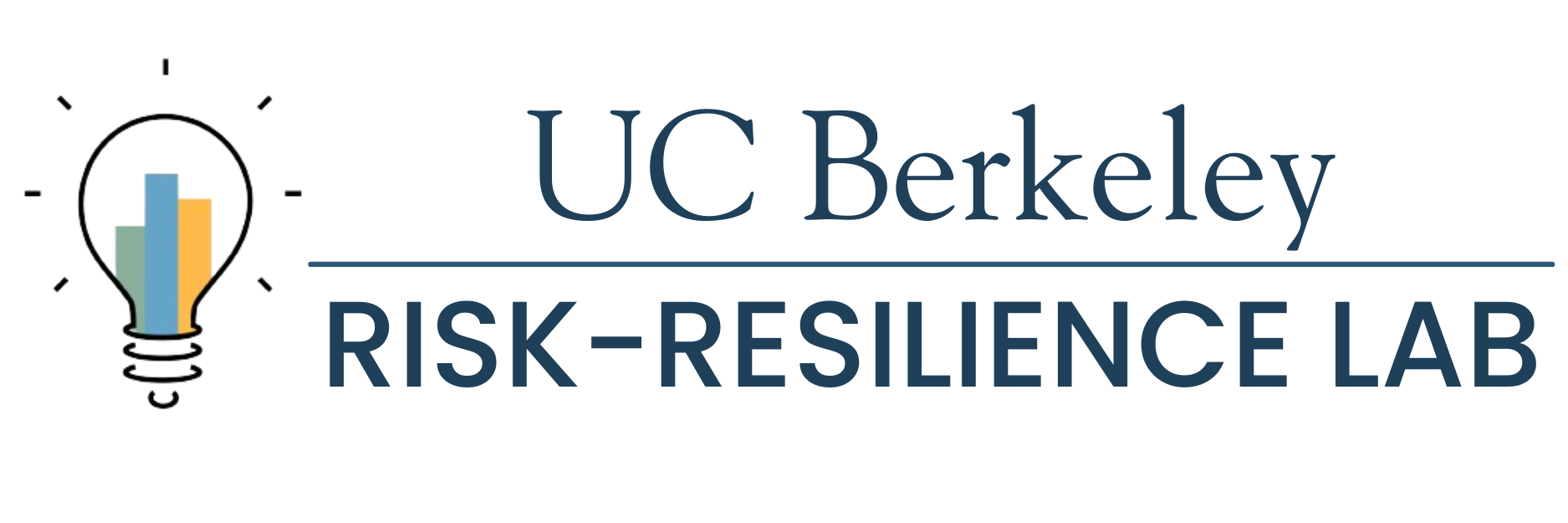Impact of risk assessment on judges’ sentencing of relatively poor defendants (2020)
Abstract
Use of risk assessment instruments in the criminal justice system is controversial. Advocates emphasize that risk assessments are more transparent, consistent, and accurate in predicting re-offending than judicial intuition. Skeptics worry that risk assessments will increase socioeconomic disparities in incarceration. Ultimately, judges make decisions—not risk assessments. This study tests whether providing risk assessment information interacts with a defendant’s socioeconomic class to influence judges’ sentencing decisions. Hypotheses: Tentatively, socioeconomic status was expected to have a main effect; without an interaction with risk assessment information. Method: Judges (N = 340) with sentencing experience were randomly assigned to review 1 of 4 case vignettes and sentence the defendant to probation, jail, or prison. Information in the vignettes was held constant, except the defendant’s socioeconomic status and whether risk assessment information was provided. Results: Risk assessment information reduced the likelihood of incarceration for relatively affluent defendants, but the same information increased the likelihood of incarceration for relatively poor defendants. This finding held after controlling for the sex, race, political orientation, and jurisdiction of the judge. Conclusions: Cuing judges to focus on risk may re-frame how they process socioeconomic status—a variable with opposite effects on perceptions of blameworthiness for past crime versus perceptions of risk for future crime. Providing risk assessment information may have transformed low socioeconomic status from a circumstance that reduced the likelihood of incarceration (by mitigating perceived blameworthiness) to a factor that increased the likelihood of incarceration (by increasing perceived risk). Under some circumstances, risk assessment information may increase sentencing disparities.

